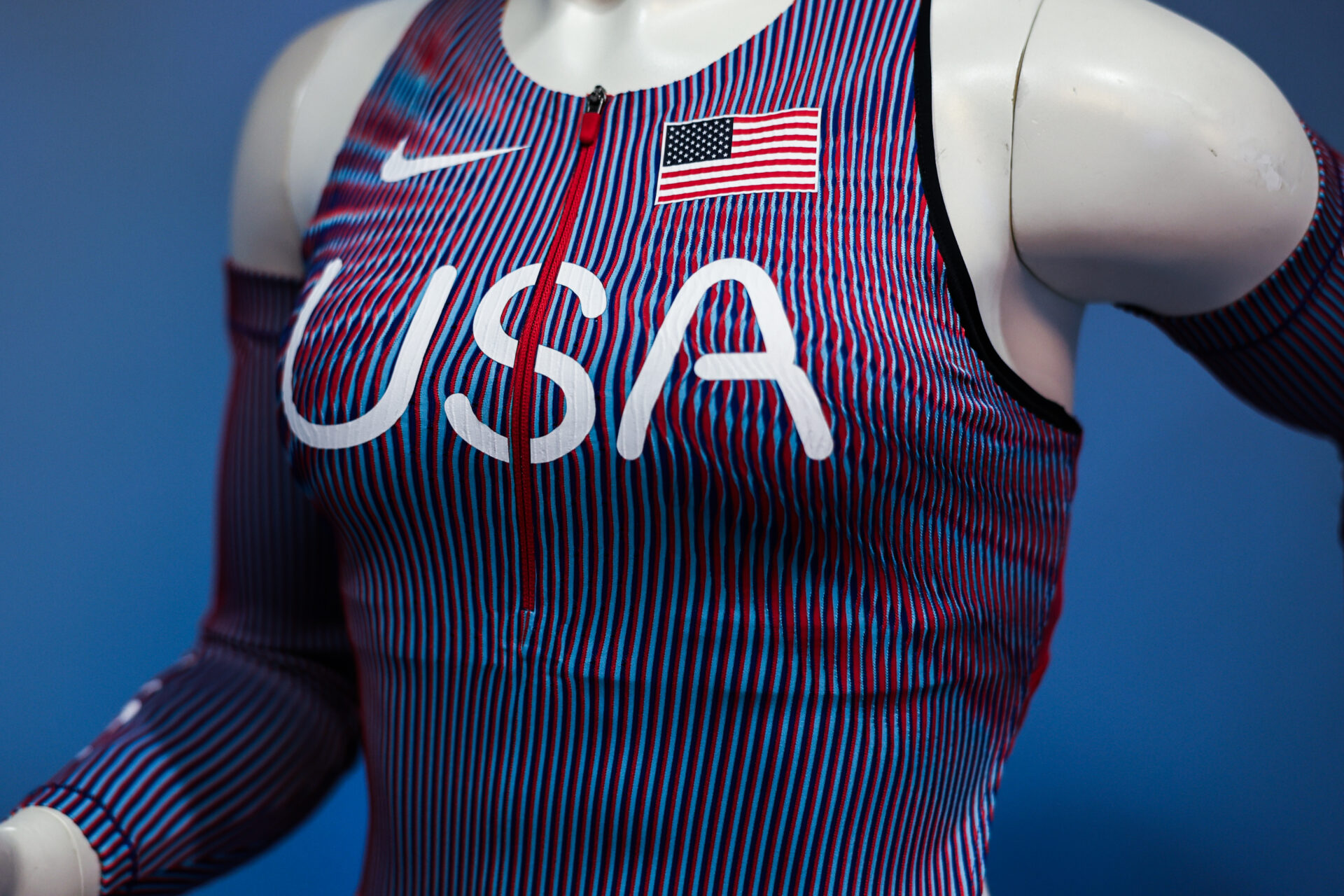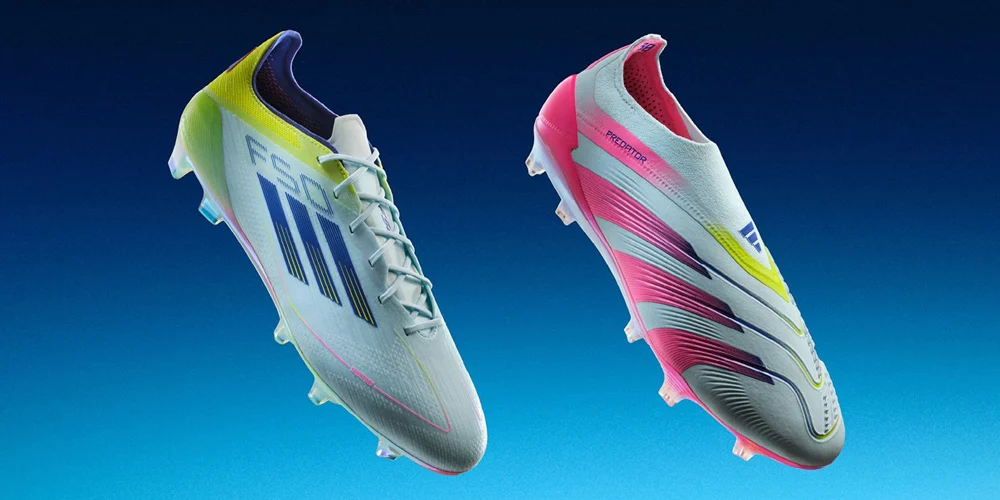News
The Billion-Dollar Battle Between Adidas and Nike at the 2024 Olympics
The Paris 2024 Olympics represent a prime opportunity for major sportswear brands to connect with billions of viewers worldwide. In the past two Olympic Games, viewership has surpassed 3 billion each time, and similar numbers are expected for 2024. This means that around 37% of the world’s population will be tuning into the event.
SponsorUnited reports that 368 sports brands are investing heavily in sponsorships and marketing activities related to the Olympics.
Nike has allocated up to $4.3 billion for marketing and sponsorship in the past fiscal year and is expected to further increase its spending in the upcoming quarter to promote both the Euro Cup and the Olympics. According to a company executive, this represents the “largest media expenditure” and “most crucial period in years” for the sports brand.
Similarly, Adidas has spent €2.5 billion (over $2.7 billion) on marketing last year and plans to boost its budget this year.
Even smaller brands like On are channeling their marketing budgets into the Olympic months, as reported by The Wall Street Journal.
This is a race to secure lucrative sponsorship deals. Earlier this year, Nike became the official kit sponsor for the German football team, taking over from Adidas by reportedly offering over €100 million per year, double the amount of its competitor.
It is no surprise that the number of sponsorship deals for top athletes correlates directly with the marketing budgets of sports brands.
With the largest budget, Nike also holds the most sponsorship deals, according to Citi Research analysis.
Adidas and Puma follow in second and third place, respectively, in both budget and sponsorship deals.
Despite the dominant position of these “giants” in terms of budget and sponsorship deals, the financial returns from Olympic advertising campaigns are not always clear.
Adidas CEO Bjørn Gulden has stated that the Olympics are not a “commercial event” since no one buys competition uniforms at the event. Instead, he sees it as a platform to launch technology and promote the brand in smaller sports.
For Nike, which is looking to reconnect with its sports roots, the Olympics provide a chance to regain its “form” in the sports world.

Despite this, major brands still spend heavily during Olympic years. Nike significantly increased its marketing expenses during the London 2012 and Rio 2016 Olympics, although it did not see similar growth during the Tokyo 2020 Olympics due to the pandemic.
Nike’s sales saw a slight increase in the quarters during the 2012 and 2016 Olympics, but this effect was only temporary.
Similarly, Adidas did not record significant revenue growth during the Olympic quarters.
The Olympics may offer a greater opportunity for sports brands to promote their logos.
According to a Bernstein survey of sportswear shoppers, the brand recognition for On shoes is around 12% in the US, while Hoka’s is 25%. In its June earnings report, Lululemon stated that its brand recognition in the US is “below 30%.”
On is the official sponsor of the Swiss team, Lululemon for the Canadian team, and while Hoka does not sponsor any national teams, it does sponsor several track and field athletes.
These brands focus on sports with large participant bases, such as running, where sponsorship costs are not too high. This strategy is smart and allows them to compete with “giants” like Nike and Adidas, which dominate in terms of the number of sponsored athletes.
However, to succeed, brands must offer quality products. Under Armour and Skechers have had fleeting successes by sponsoring famous athletes, but they failed to sustain growth due to insufficiently appealing products.

